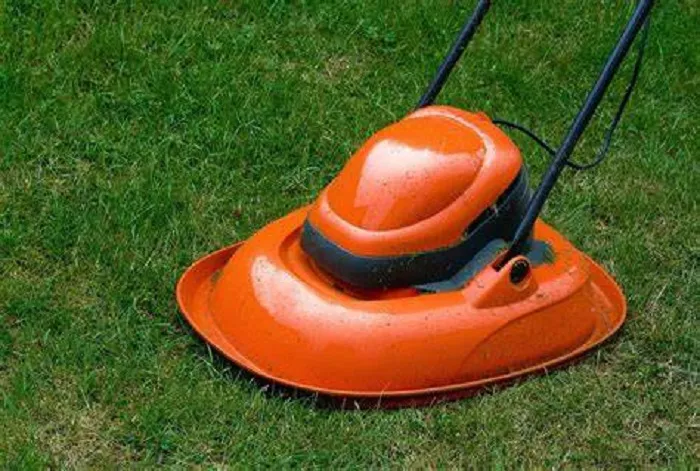Maintaining a lawn on steep hills presents unique challenges. Standard riding mowers may struggle with stability, traction, and power, increasing the risk of accidents. Choosing the right mower for steep terrain is crucial for safety, efficiency, and lawn health. This guide explores the best types of riding mowers for steep hills, key features to consider, and expert recommendations.
Key Considerations for Mowing Steep Hills
Slope Gradient
Most manufacturers recommend a maximum slope of 15 degrees for standard riding mowers. Hills exceeding 15 degrees require specialized equipment like zero-turn mowers with hill-rated engines or tractor-style mowers with 4WD. Extreme slopes (over 20 degrees) may demand commercial-grade mowers or stand-on models for better control.
Stability and Center of Gravity
- Wide wheelbase mowers resist tipping.
- Low-profile designs improve balance.
- Heavy-duty frames prevent rollovers.
Traction and Drive System
4WD (Four-Wheel Drive): Best for muddy or uneven slopes.
2WD with Differential Lock: Improves grip on moderate hills.
Heavy-duty tires (knobby or turf-friendly treads): Enhance traction.
Power and Engine Performance
- Hydrostatic transmissions offer smooth speed control.
- High-torque engines (20HP+) handle thick grass on inclines.
- Diesel engines provide better fuel efficiency for large properties.
Cutting Deck Design
- Fabricated (welded) decks last longer than stamped decks.
- Adjustable cutting heights (2.5–5 inches) adapt to uneven terrain.
- Rear discharge or mulching decks prevent clumping on slopes.
Best Types of Riding Mowers for Steep Hills
Zero-Turn Mowers (Best for Moderate Slopes)
Pros
- Excellent maneuverability around obstacles.
- Fast mowing speeds (up to 8 mph).
- Some models feature hill-rated engines (e.g., Hustler Super Z, Ariens Zenith Z).
Cons
- Less stable on very steep hills (over 15 degrees).
- Higher risk of sliding if not equipped with turf tires.
Best For
- Properties with gentle to moderate slopes.
- Users needing speed and precision.
Tractors with 4WD (Best for Heavy-Duty Hill Mowing)
Pros
- Superior traction and stability.
- Can handle wet or uneven terrain.
- Compatible with attachments (baggers, snow blades).
Cons
- Slower than zero-turn mowers.
- Higher fuel consumption.
Best Models
John Deere X500 Series: 4WD, heavy-duty transmission.
Kubota BX Series: Diesel engine, excellent for hills.
Best For
- Large properties with steep, rugged terrain.
- Users needing versatility (towing, snow removal).
Stand-On Mowers (Best for Commercial Use on Extreme Slopes)
Pros
- Operator can shift weight for better balance.
- Lightweight yet powerful.
- Great visibility on steep grades.
Cons
- Less comfortable for long sessions.
- Higher cost.
Best Models
Scag Turf Tiger STT: 37HP, excellent for hills.
Wright Stand-On ZK: Durable, great traction.
Best For
- Landscapers and professionals.
- Extreme slopes (20+ degrees).
Safety Tips for Mowing Steep Hills
- Always mow up and down (never sideways) to prevent rollovers.
- Use a roll bar or seatbelt if available.
- Avoid wet grass—traction decreases significantly.
- Keep the mower in low gear for better control.
- Inspect tires and brakes before each use.
Final Recommendation
For gentle to moderate slopes: Zero-turn mower (e.g., Hustler Super Z).
For steep, rugged terrain: 4WD tractor (e.g., Kubota BX2380).
For extreme slopes: Stand-on mower (e.g., Scag Turf Tiger).
Conclusion
Choosing the best riding mower for steep hills depends on slope angle, terrain type, and mowing needs. Zero-turn mowers offer speed, tractors provide stability, and stand-on mowers excel on extreme grades. Always prioritize safety features like traction control and rollover protection. Investing in the right mower ensures efficient, safe, and professional-grade results on challenging landscapes.

